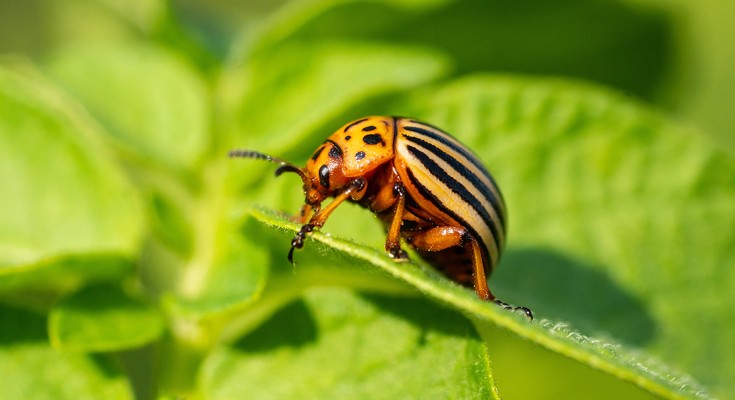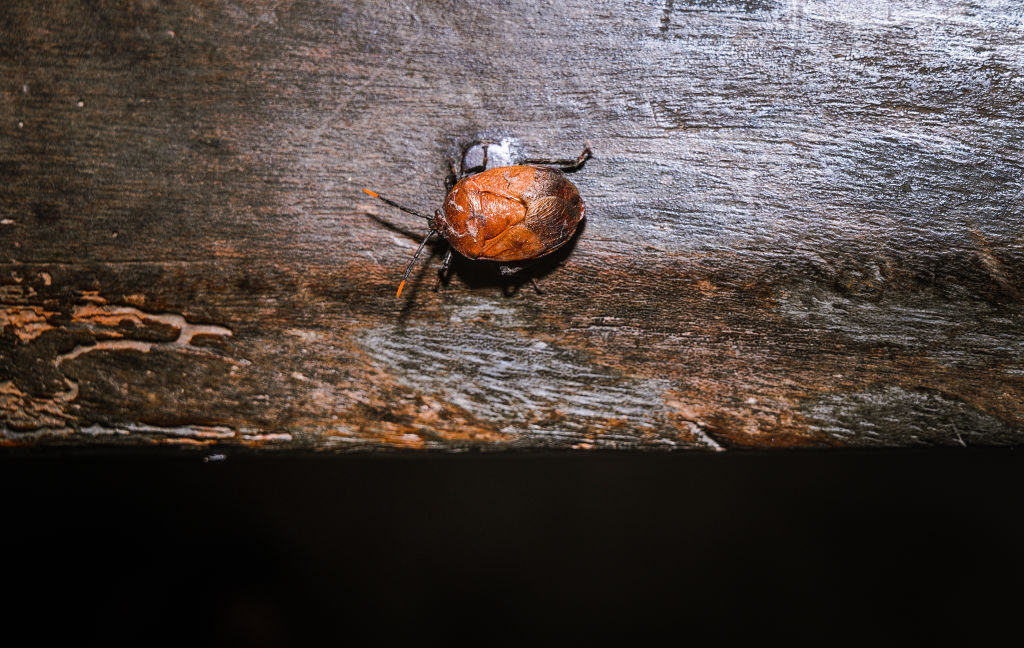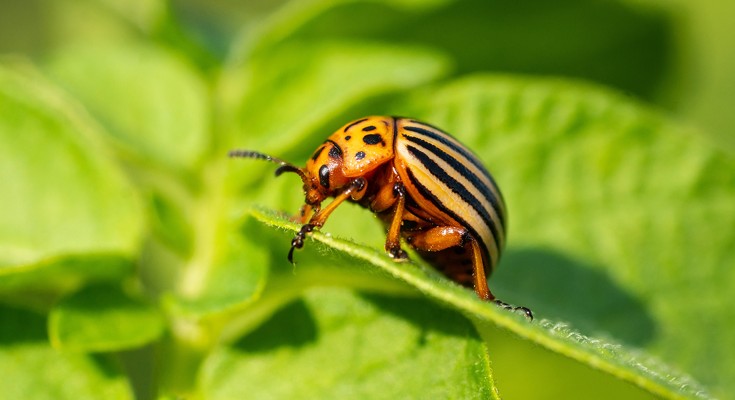

A variety of insect species utilize tympanal organs, membranes that roughly resemble human eardrums but are situated on their legs. Grasshoppers, mantises, and moths possess these structures, and for many years, it was believed that female stinkbugs from the Dinidoridae family had them as well, albeit located somewhat atypically on their hind legs instead of the front ones.
Speculating that these hind leg tympanal organs aid in detecting male courtship sounds, a cadre of Japanese scientists conducted a thorough examination of the organs in Megymenum gracilicorne, a species of Dinidoridae stinkbug native to Japan. They uncovered that these so-called “tympanal organs” were not as they appeared. In reality, they were mobile fungal nurseries of a type previously unknown.
Movable gardens
Dinidoridae represents a minor stinkbug family that inhabits only Asia. While the bug has garnered some scientific interest, it has not received nearly as much as its larger relatives such as Pentatomidae. Previous investigations specifically focused on the organs present on the hind legs of female Dinidoridae were therefore somewhat sparse. “Most studies relied on taxonomic and morphological methods. Some taxonomists indicated that female Dinidoridae stinkbugs feature an enlarged section on their hind legs that resembles the tympanal organ found, for instance, in crickets,” stated Takema Fukatsu, an evolutionary biologist at the National Institute of Advanced Industrial Science and Technology in Tokyo.
Based on their appearance, these structures were categorized as tympanal organs—the issue was considered settled, and remained so until Fukatsu’s team began a more detailed investigation. Most insects have tympanal organs located on their front legs, not on hind legs, or along abdominal segments. The primary aim of Fukatsu’s research was to assess how this unusual placement affects the hearing capability of female Dinidoridae.
Early in the research, it became apparent that whatever Dinidoridae females possess on their hind legs, they do not constitute tympanal organs. “We discovered neither tympanal membranes nor sensory neurons, so the enlarged regions on the hind legs were unrelated to auditory functions,” Fukatsu elaborated. Instead, the organ contained thousands of tiny openings filled with benign filamentous fungi. These pores were linked to secretory cells that emitted substances which Fukatsu’s team speculated were nutrients fostering the growth of the fungi.

